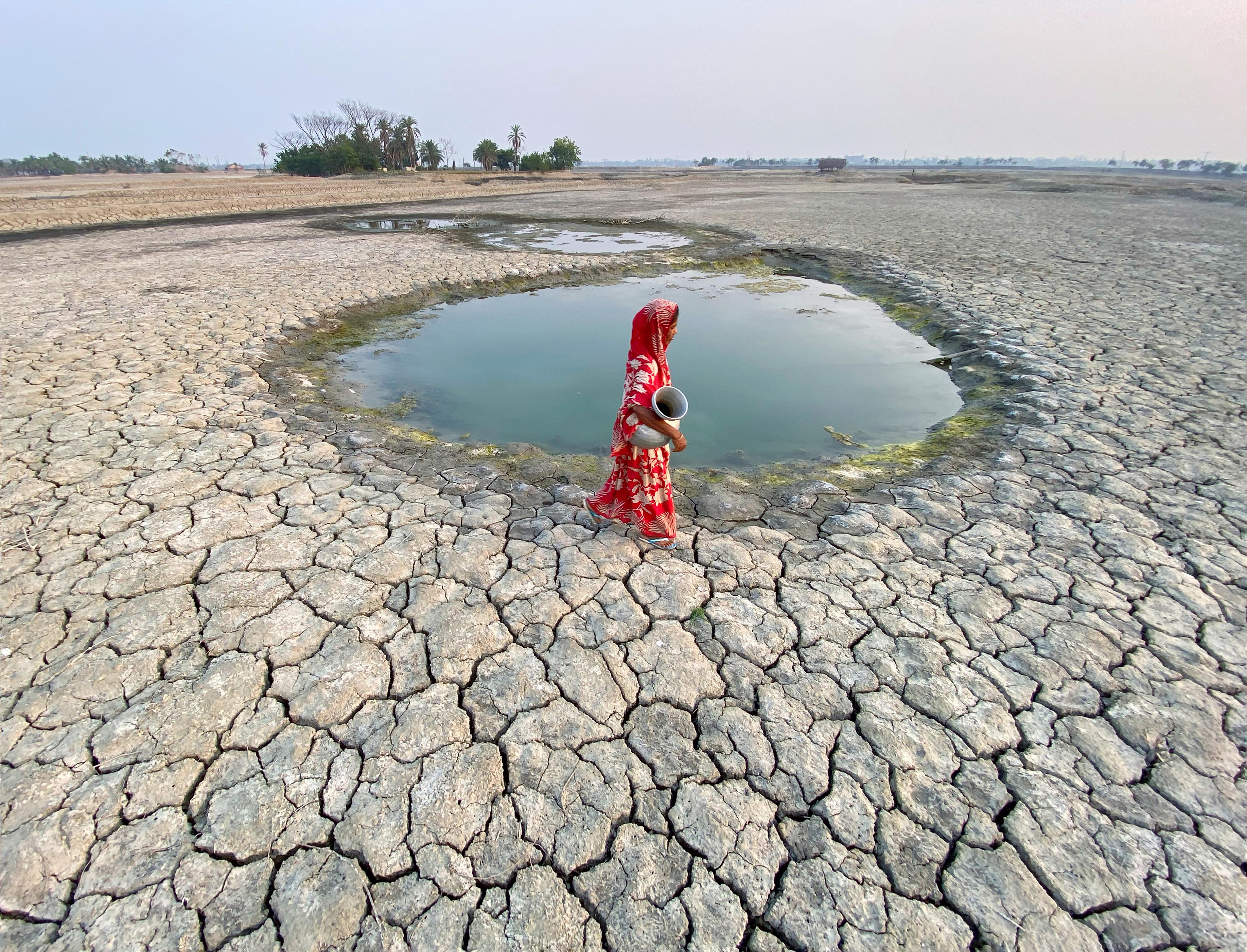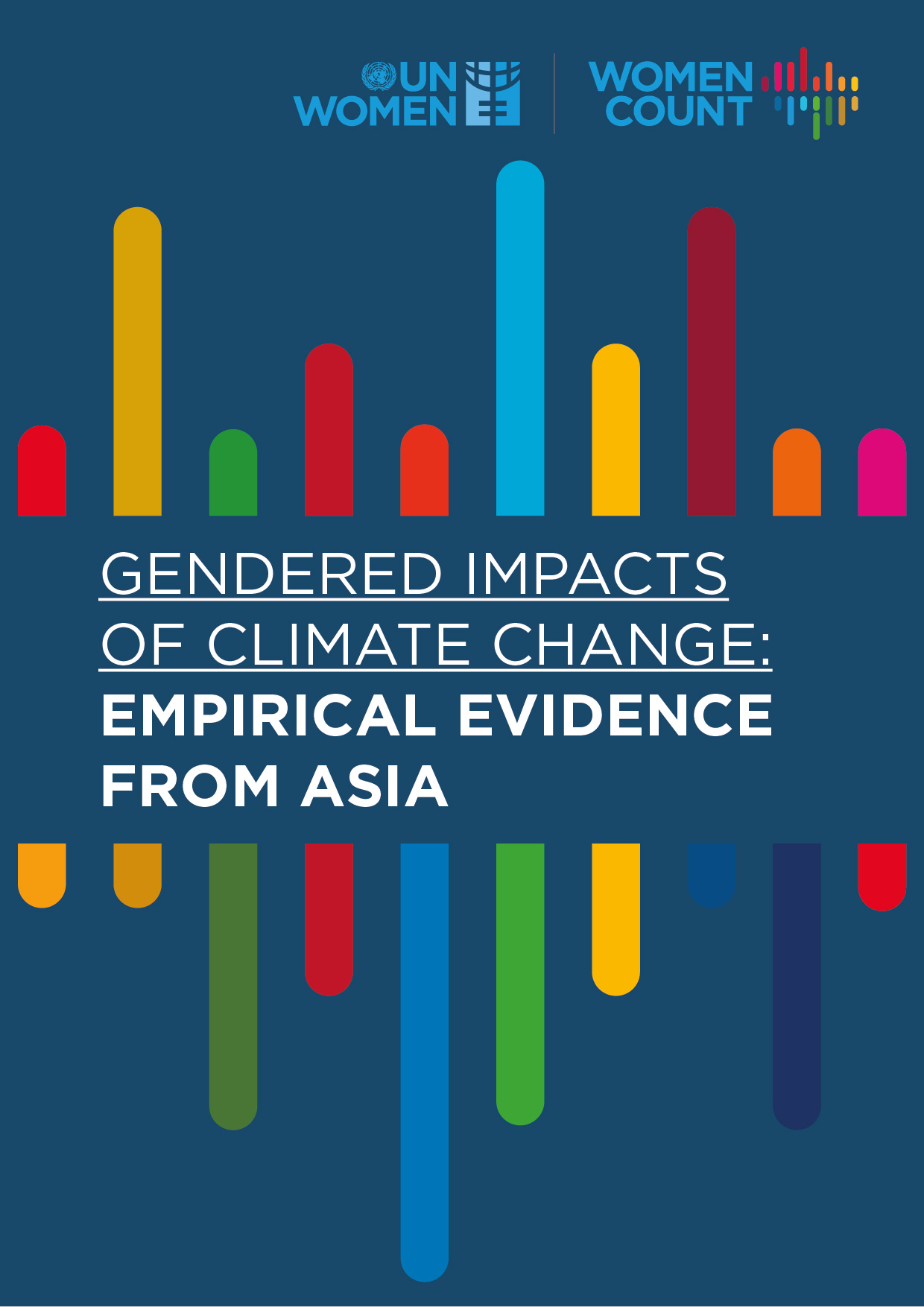Increasing child marriage
Child marriage is higher in more arid areas
Child marriage is more common in arid areas and locations with frequent droughts. Families may turn to child marriage as a way to cope with lower agricultural yields, ecosystem productivity losses, higher food prices and economic pressures during dry periods. These increases in child marriage are most noticeable in areas where the practice is culturally accepted.
Source: UN Women calculations based on DHS data and geospatial data from DHS Geocovariates for 2015. Note: All countries where both types of data were available are included in the analysis. The differences across arid and humid areas are significant (p<0.01) for all countries considered, with the exception of Myanmar (p=0.49) and Philippines (p=0.25). The aridity index represents the average yearly precipitation divided by average yearly potential evapotranspiration – a measure of the drying power of the atmosphere to remove water from land surfaces by evaporation (e.g., from the soil and plant canopy) and via plant transpiration. Humid refers to the top 25 per cent values, and arid to the bottom 25 per cent values of cluster level aridity. For visual brevity, the central values of the aridity distribution are not shown. Although the official SDG indicator 5.3.1 on child marriage refers to women ages 20–24, this age group would yield an insufficient sample size for this analysis and thus ages 18-49 was used instead.




